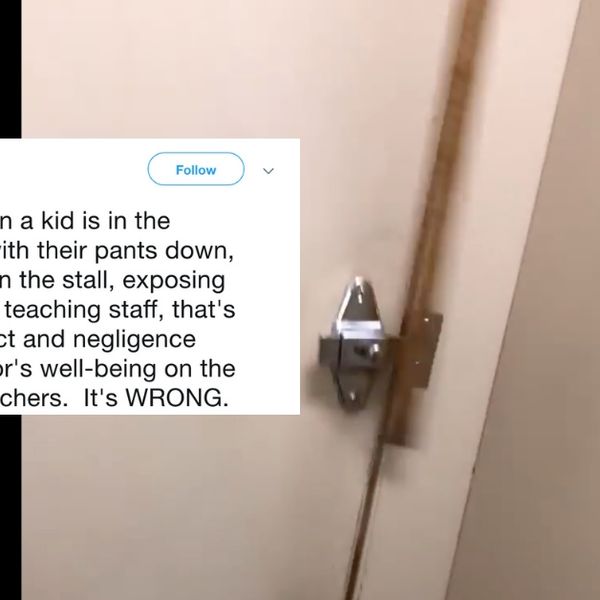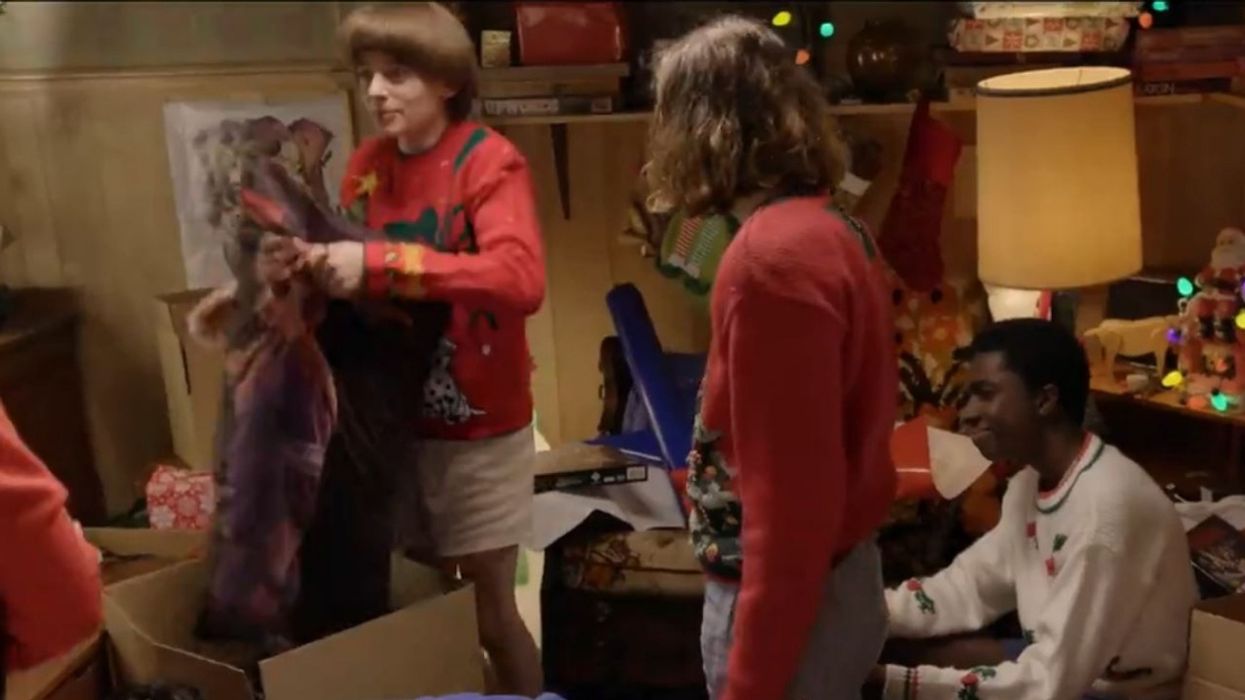February, 2002, SACRAMENTO, CA - As the plane began descending toward the Sacramento airport, the green patterns of the farm fields below shifted to suburban housing developments, then to a scattering of rectangular high rise buildings surrounding the golden dome of the state capitol. I tried to locate the Victorian structure of the Crocker Art Museum but the plane quickly flew past the downtown area and was again descending over farm fields. I could now see the airport approaching. I was arriving for the opening of one of the Japanese American National Museum's traveling exhibits, "Henry Sugimoto: Painting An American Experience" at the Crocker Art Museum of Sacramento.
This trip, however, was more than my fulfilling my duties as the Chairman of the Japanese American National Museum. Sacramento is a special place to me. It was to this land, one hundred years ago, that my grandparents came from Hiroshima, Japan. It was here that my grandfather began farming, growing strawberries, plums, and hops. It was here, in an old Victorian farmhouse that my mother was born. It was here in the soil of Sacramento, the capital city of California, that my American roots were first planted.
 The exhibit of Henry Sugimoto's paintings is also very personal to me. When World War II began, this gifted artist was among the 120,000 Japanese Americans who were rounded up by the U.S. military and incarcerated in American internment camps. He painted scenes of his imprisonment in the two camps in Arkansas -- Rohwer and Jerome. Rohwer was the camp to which my family was sent from our home in Los Angeles. I look at Sugimoto's paintings of the camp landscape and they remind me of the swampy creek where I used to play by the barbed wire fence. I remember the scenes he painted of the communal hubbub in the washroom, where babies were bathed as well as the laundry done. I recognize the picture in his painting of the long line at the mess hall where we queued up three times a day for our meals. I look at these paintings by Henry Sugimoto and I'm reminded of the fear and anxiety of fellow Americans that sent us into that barbed wire imprisonment. I hear from these images on canvas, the resonance of the fear and anxiety felt today toward people of Middle Eastern descent. These paintings of sixty years ago are profoundly relevant to our times today.
The exhibit of Henry Sugimoto's paintings is also very personal to me. When World War II began, this gifted artist was among the 120,000 Japanese Americans who were rounded up by the U.S. military and incarcerated in American internment camps. He painted scenes of his imprisonment in the two camps in Arkansas -- Rohwer and Jerome. Rohwer was the camp to which my family was sent from our home in Los Angeles. I look at Sugimoto's paintings of the camp landscape and they remind me of the swampy creek where I used to play by the barbed wire fence. I remember the scenes he painted of the communal hubbub in the washroom, where babies were bathed as well as the laundry done. I recognize the picture in his painting of the long line at the mess hall where we queued up three times a day for our meals. I look at these paintings by Henry Sugimoto and I'm reminded of the fear and anxiety of fellow Americans that sent us into that barbed wire imprisonment. I hear from these images on canvas, the resonance of the fear and anxiety felt today toward people of Middle Eastern descent. These paintings of sixty years ago are profoundly relevant to our times today.
We live in a time of terror. When in public places, when in congested places, certainly when we're at the airport, we feel an indefinable sense of anxiety.
 A dark, bearded person might fill us with some unease. That nervousness is not irrational. We are responding to what we have read, heard, or seen. That sense of unease might be called experiential "racial profiling." But race has to be just one part of the whole picture. That dark, bearded person might be a student or a dentist or a salesman -- nothing more. Simple racial profiling is an inadequate rationale for anxiety. Indeed, a terrorist can look like the all-American boy next door - like Timothy McVeigh.
A dark, bearded person might fill us with some unease. That nervousness is not irrational. We are responding to what we have read, heard, or seen. That sense of unease might be called experiential "racial profiling." But race has to be just one part of the whole picture. That dark, bearded person might be a student or a dentist or a salesman -- nothing more. Simple racial profiling is an inadequate rationale for anxiety. Indeed, a terrorist can look like the all-American boy next door - like Timothy McVeigh.
We are Americans, the most diverse people on this planet. We look like the people of the world - every race in every shape and form. We are also a people who subscribe to the rule of law - not of racial discrimination. We believe in a system of due process where a person cannot be detained without charges, due cause or right to counsel. That is what makes our system of justice so great. Yet, at times of stress, our government can react hastily and without clear thinking. In the aftermath of September 11th, Middle Eastern immigrant men have been detained without charges and without counsel, their families uninformed of where the men had been taken or when they might be released. It was exactly the same with Japanese immigrant men immediately after Pearl Harbor. This kind of racial profiling ultimately resulted in a most egregious violation of the U.S. Constitution - the wholesale removal and incarceration of all Japanese Americans from the West Coast. There was no due process - no charges, no trial, just imprisonment by race. The scenes that Henry Sugimoto painted from his "American Experience" have this profoundly important cautionary message for our times today.
The opening of the exhibit of Henry Sugimoto's works in Sacramento was a great success. I'm told that this was the biggest opening in the history of the Crocker Art Museum. In my mother's hometown, in my state capital, where my roots go down deep, my own American experience was hugely well received. The exhibit will be in Sacramento until March 24, 2002.
Scientists Have Developed A New 'Planetary Health Diet' That Could Literally Save Lives And The Planet At The Same Time

In an attempt to help curb worldwide issues such as climate change, and malnutrition in poverty stricken areas, a joint commission by EAT, a non-profit seeking to transform the global food system, and The Lancet, an old and respected medical journal, has released a recommended guideline for dietary and planetary health.
The report recommends cutting back meat consumption to at most, a burger patty or equivalent a week, and supplementing your protein intake with nuts, legumes, and beans. An increase in veggies and fruits would make up the bulk of your meal plate.
The dietary guideline was established by a coalition of over 30 scientists, researchers, and doctors designed not just with human nutrition in mind, but also sustainability. With estimations that the planet will reach 10 billion people by 2050, scientists are working to figure out how to feed them all.
Additionally, the red meat industry has for a long time, been known to be a contributor to greenhouse gasses, while land conversion for food production is the greatest factor in biodiversity loss. The report from the EAT-Lance commission estimates that through nutrition and agricultural changes from this diet, we can save 11 million lives every year.
That sounds pretty great.
The EAT-Lancet commission lists very specific macronutrient ranges for their proposed diet, from 300g of veggies per day, to only 7g for red meats. However, it's this specificity that is drawing criticism.
John Ioannidis, the chair of disease prevention at Stanford university has praised the growing attention to how diets can affect the environment, but states the commission doesn't represent the scientific uncertainty between health and nutrition.
Dr. Georgia Ede, who writes for the site Diagnosis: Diet, took issue with the report's specific recommendations. Dr. Ede's website makes the case for low carb and paleolithic diets.
She points out the commission says,
"We have a high level of scientific certainty about the overall direction and magnitude of associations described in this Commission, although considerable uncertainty exists around detailed quantifications."
And yet, they recommend 0 to 58g per day of poultry, with a 29g midpoint. This seems very specific.
People are not willing to give up meat so easily.
Still, the report is a good starting point for the discussion we need to have about food's connection to not just our health, but the planet's well-being.
As Dr. Howard Frumklin, head of the Wellcome Trust which helped found the EAT foundation says himself,
"The links among diet, health and the environment are well-documented, but, until now, the challenge of attaining healthy diets from a sustainable food system has been hampered by a lack of science-based guidelines.
"While this report does not have all the answers, it provides governments, producers and individuals with an evidence-based starting point to work together to transform our food systems and cultures."
What should be a discussion is turning into an argument.
If we're going to be able to feed everyone, ensure their diet is nutritionally balanced, and try to curb climate change, it's important that people start talking about the positives and negatives of their current diet. The report provides a sense of context to which people can compare and share their ideas and study.
People Are Roasting Trump Over His Mind-Numbing Observation About The Wetness Of Water 😂
Donald Trump thanked the first responders who came to the aid of victims of Hurricane Florence. The storm devastated portions of North Carolina, dumping massive amounts of rain and damaging millions of dollars in property. Many natural areas were destroyed, some farmers lost everything and more than a few people have been left homeless. The first responders after this massive storm were literal life savers, and Trump was absolutely right to thank them. Unfortunately, the sentiment of his message was lost for many people because he didn't seem to put any effort or preparation into what he was saying. Then, in the middle of his off-the-cuff message, he confused everyone by talking about the wetness of water.
As Trump described the storm and the importance of first responders he told the world:
This is a tough hurricane, one of the wettest we've ever seen from the standpoint of water. Rarely have we had an experience like it and it certainly is not good.
The Tweet went out in the middle of the day on Tuesday, September 18th. At the time of this article, it hasn't even been up for 24 hours and already has over 13,000 comments. Many of them pointed out how Trump didn't even seem to try...
and how asinine his description was.
We don't know if Trump will continue to address the public by releasing these kinds of videos, or if they will continue to be as unrehearsed as this one is. We assure you, if they are, Twitter will have plenty to say about it.
H/T: Huffington Post, Twitter
The Kids From 'Stranger Things' Wrapped Presents For Superfans—And Did A Delightfully Terrible Job 😂
When it comes to giving gifts, not all celebrities are as crafty as Taylor Swift, but that didn't stop the adorable stars of Netflix's Stranger Things from giving it a try.
In a recently released video from Netflix, actors Millie, Finn, Noah, Caleb, Gaten, and Sadie got together for some holiday cheer and to wrap gifts for fans. But kids will be kids, even if they star in a hit television show. Watch as chaos ensues.
Fans loved every moment, even if the kids weren't the greatest wrappers.
@Stranger_Things I love seeing them mess around with each other.— Abby! (@Abby!) 1545318707.0
@doublejoywilson https://t.co/qgFgkZpTxQ— Stranger Things (@Stranger Things) 1545318849.0
@realrevella https://t.co/G5Er8pydg5— Stranger Things (@Stranger Things) 1545318801.0
@themallratss we do what we can https://t.co/POBMVbXfZS— Stranger Things (@Stranger Things) 1545319099.0
@Stranger_Things They’re a cute mess 😂— Janet ⁷✜🪐 (@Janet ⁷✜🪐) 1545318854.0
@minseokjin94 https://t.co/Dr4Y4xFYyM— Stranger Things (@Stranger Things) 1545318939.0
@Stranger_Things Thanks for the gif...they’re a MESS mess https://t.co/cG5ODdPDf0— Janet ⁷✜🪐 (@Janet ⁷✜🪐) 1545319571.0
@pvladins AH THE SOUND OF HOLIDAY CHEER— Stranger Things (@Stranger Things) 1545318737.0
@Stranger_Things HAPPY HOLYDAYS TO THE DEMOGORGON https://t.co/BpB1ZixUK5— 𝑣𝑎𝑙 ⚯͛ (@𝑣𝑎𝑙 ⚯͛) 1545318680.0
@edwardistheman @netflix ok here https://t.co/UwOLIa1T1C— Stranger Things (@Stranger Things) 1545318880.0
We just can't get enough of these talented kids!
Arkansas High School Suspends Student Paper For Publishing 'Disruptive' Investigation Into Shady Football Transfers
Halle Roberts is the editor-in-chief of the Har-Ber Herald, the school newspaper for Springdale High School in Arkansas. The 17-year-old student was suspended after she wrote an investigative piece criticizing the transfer of five football players to a rival school.
Players are not allowed to be transferred to a different school because they would like to play for a different team. They are allowed to transfer only for academic reasons. So Roberts got to digging. Her paper filed FOIA requests and received official information from the Arkansas Activities Association saying that the students were transferred for academic reasons. However, the students themselves said otherwise.
Roberts quoted one student in her paper saying:
"We just want to go over there because we have a better chance of getting scholarships and playing at D1."
Another student told Roberts:
"I just feel like it's better for my future to go out there and get college looks."
Soon after the report was published, the superintendent of the district, Jim Rollins, asked the teacher advisor for the school paper, Karla Sprague, to take the story down. She obliged.
Rollins wrote a letter stating that the piece was:
"intentionally negative, demeaning, derogatory, hurtful and potentially harmful to the students addressed in those articles."
Roberts, undeterred, is still working on a new edition of the story that includes the school's censorship.
Mike Hiestand of the Student Press Law Center had this to say:
"School officials at this point seem to me to have completely thrown up their hands and said, ‘we’re not going to l… https://t.co/PgVYFlVAlM— Amber Jamieson (@Amber Jamieson) 1543687827.0
And Halle Roberts, who dreams of being an ESPN reporter, stated:
“They are like ‘well you raised an uproar, we’re going to try and silence you,’” said Halle Roberts, 17, the editor… https://t.co/6dKFeF0so4— Amber Jamieson (@Amber Jamieson) 1543690272.0
People were impressed with Roberts.
@hallecole21 @BuzzFeedNews I'm so proud of you! You're not just fighting for yourself, you're fighting for student… https://t.co/hjVIvzstZ1— 🌺Lisa Daily is writing⛱ (@🌺Lisa Daily is writing⛱) 1543718652.0
@hallecole21 @BuzzFeedNews I shared your story on my Facebook page and am so proud of you kids for telling the stor… https://t.co/9gekpHSwey— Derryl Trujillo (@Derryl Trujillo) 1543694164.0
@hallecole21 @BuzzFeedNews Keep up the fight Halle!!— Katie Maner (@Katie Maner) 1543762811.0
Some had harsh words for the school's administration.
@BuzzFeedNews @KatinaParon The principal and the superintendent should be fired, not the teacher. And the students… https://t.co/AfE6JTmowp— Jody Beck (@Jody Beck) 1543754569.0
@ambiej @BuzzFeedNews Abuse of power by the school administration— Lovehersports50 (@Lovehersports50) 1543686742.0
@ambiej Hey @sdaleschools School board members. Why are you allowing Arkansas Har-Ber High School Principal Paul Gr… https://t.co/8pdT0St1FO— Nancy Levine (@Nancy Levine) 1543693785.0
And most had high praise for Roberts and the other student journalists working on this piece.
A great example of investigate student journalism, and why it needs more recognition. https://t.co/s4MBLn0HiN— Gabija Gataveckaitė (@Gabija Gataveckaitė) 1543692451.0
Much to appreciate about @ambiej’s reporting on this Arkansas school district’s effort to suppress a high school pa… https://t.co/fIk5vTaWCZ— Pat Berry (@Pat Berry) 1543688372.0
High school students do real journalism, school district immediately tries to shut them down, despite state law gua… https://t.co/HqOgXTv1bl— Jeff Amy (@Jeff Amy) 1543692270.0
Oh this is the good stuff. I love this editor. Great work. Stand for journalists. https://t.co/QlrTTzrqs8— Scott Lewis (@Scott Lewis) 1543693549.0
And Halle Roberts herself closed by saying:
thank you so much. #freedomofthepress https://t.co/LsjWT7nycD— halle roberts (@halle roberts) 1543685392.0
Fight on, Halle!














